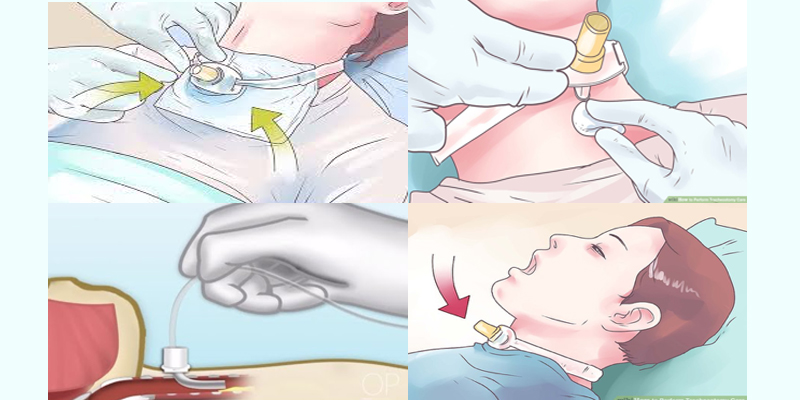Tracheotomy
A tracheostomy is a medical procedure — either temporary or permanent — that involves creating an opening in the neck in order to place a tube into a person’s windpipe. The tube is inserted through a cut in the neck below the vocal cords. This allows air to enter the lungs. An opening made in anterior wall of the trachea and converting into a stoma on skin surface.
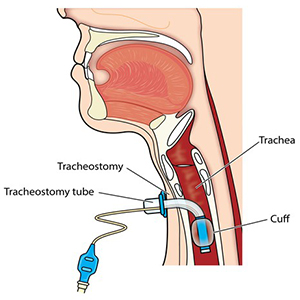
WHY DO WE DO A TRACHEOSTOMY?
• Upper airway obstruction
• Prolonged intubation
• Difficult intubation
• Protection of airway
• Preventing aspiration
• Tracheal toileting
HOW DOES A TRACHEOSTOMY HELP?
• Decreased work of breathing
• Less aspiration risk
• Better removal of secretions
• Improved patient comfort
• Less sedation required
• Better oral care and swallowing
• Better communication
HOW TO TAKE CARE OF A TRACHEOSTOMY ?
1. Trachea & Lungs
2. Stoma or Wound
3. Tracheostomy Tube
4. Patient
1. TAKING CARE OF THE TRACHEA AND LUNGS
a. Cuff
b. Suction
c. Humidification
d. Secretion Explusion
CUFF
CARE OF THE CUFF
• Cuffed tubes allow positive pressure ventilation and prevent aspiration.
• If the cuff is not necessary for those reasons, it should not be used.
• It irritates the trachea and provokes and trap secretions, even when deflated.
• Cuffs should be deflated regularly (four times a day) for 3 to 5 minutes to prevent pressure necrosis.
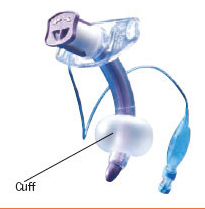
SUCTION
To remove mucous from the airway, to allow easier breathing, and prevent infections.
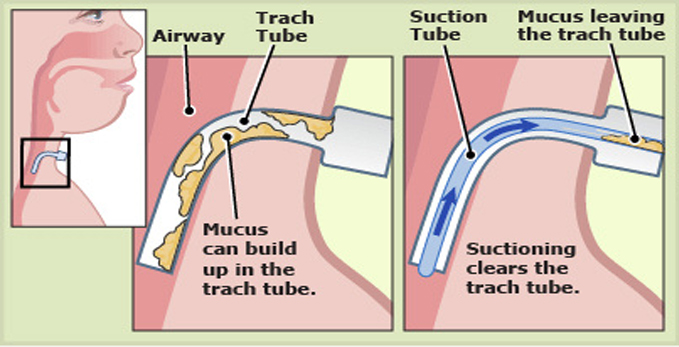
Indications:
• Visible secretions at the tube opening
• Cough with the sound of secretions in the tube
• Rapid or laboured breathing
• Restlessness
• Noisy breathing- 1. Air bubbling through secretions 2. Dry whistling
After Suctioning:
• Clear the catheter by suctioning saline through it
• Dispose the catheter or keep the tube in the diluted savlon bottle
• Always keep the diluted savlon bottle with the catheter and saline bottle the bedside
HUMIDIFICATION
• Usually achieved while on oxygen as it is humidified
• HME ( heat and moisture exchangers)
• If the patient does not require oxygen, a thermovent T tube can be connected
• Alternatively, the tube can be covered with a wet gauge
• Using a room humidifier
• Keeping a kettle of boiling water in the room.
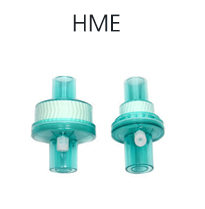

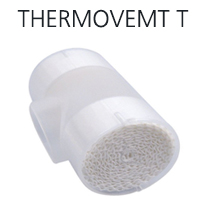
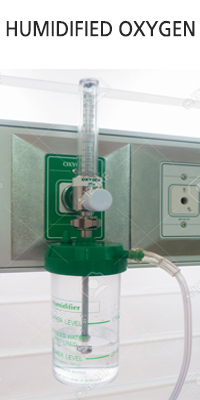
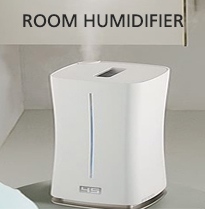
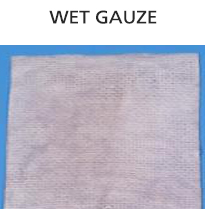
SECRETION EXPULSION
• Chest Physiotherapy
• Pharmacological agents like bromhexine, terbutaline
• Nebulisation
• Swallowing therapy
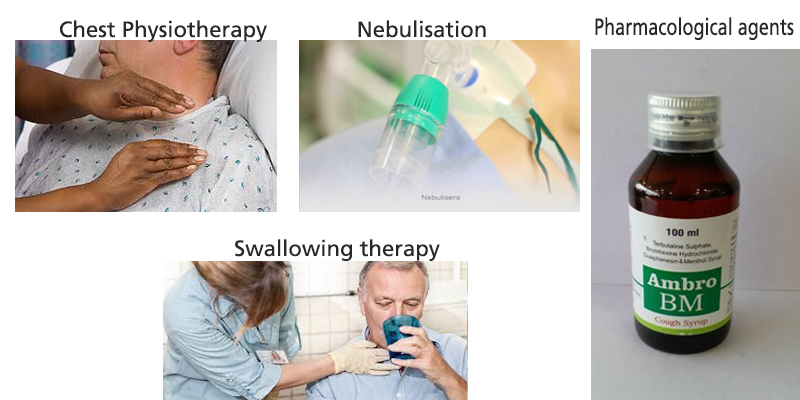
2. TAKING CARE OF THE STOMA
• Infection can enter from surface to lung or vice versa.
• Incision site can itself get infected
• Dressing once in 24 hours or if the dressing gets soiled early.
3. TAKING CARE OF THE TUBE
• Change the tube tie if loose. Do not take chance
• Tie should not be too tight or loose
• Tie should be tight enough to allow two fingers beneath the knot
• Check the patency of the tube by checking the airblast.
• Place the tip of the gauge piece near the tube opening. If tube is patent, there is a very good movement of the gauge end.
• Tubes with separate inner canula, it should be regularly removed and cleaned
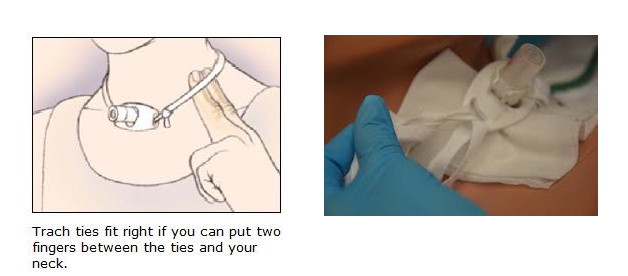
4. TAKING CARE OF THE PATIENT
• Always keep a handbell near the patient alone with a writing pad and paper
• Never ignore the vitals. Regularly monitor temperature, pulse, BP and SpO2.
• Also look at the general condition of the patient. If the patient is tense and anxious, tube may be blocked
• Always keep a tracheostomy tube handy in case emergency tube change is needed
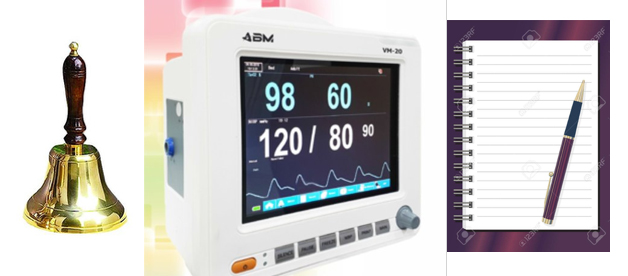
In case of emergency
• DO NOT PANIC
• Stimulate the patient, shout for help
• Suction and clear the blockage
• Deflate the bulb if its inflated
• In case of inner cannula, remove it
• Start oxygen and monitor the SPO2
• If no respiratory effort, start mannual ventilation
• Resuscitation and tube change as required and as per doctors advice

